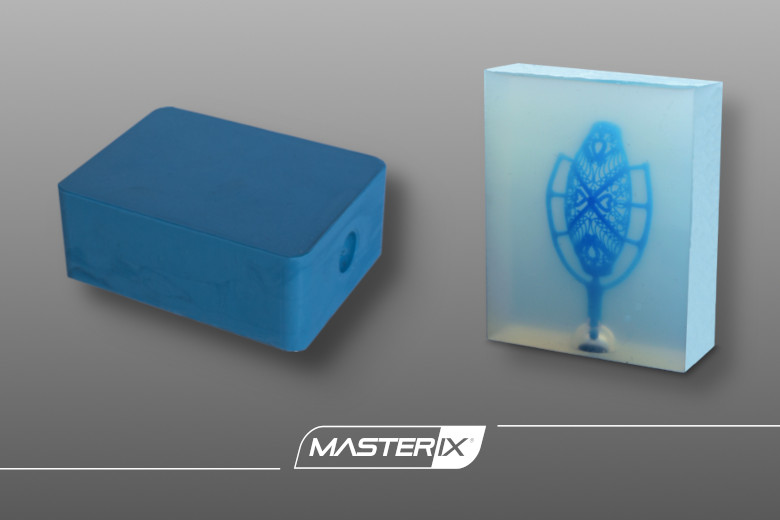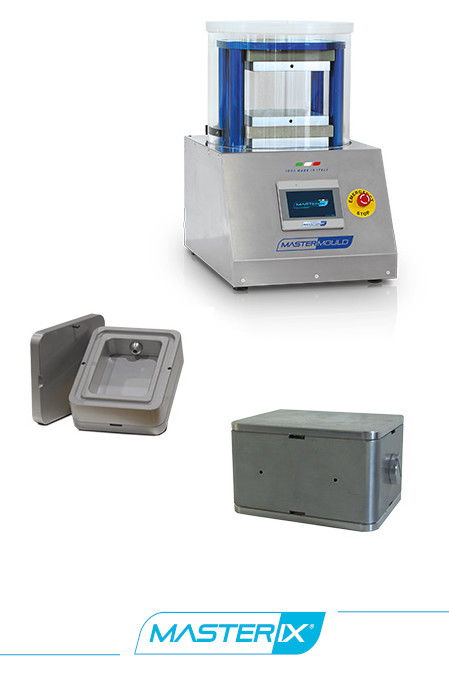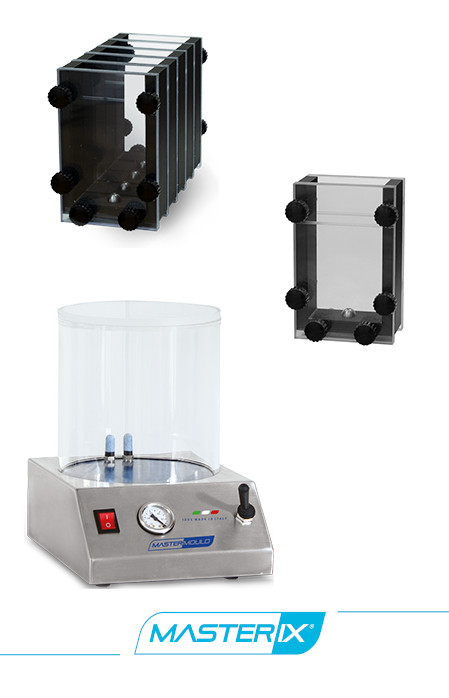Lost wax casting allows the creation of high-quality jewelry and fashion accessories with the highest degree of precision and an almost total reduction of waste. To achieve these results, however, all the processes - from the first to the last - must be performed to perfection.
The vulcanization of the molds is the first step and one of the most important for the final results: the quality of the vulcanizer is crucial to a perfect production. Let's see, then, which are the different types of vulcanization and their characteristics.
The creation of the rubber mold: excellence depends on this passage
First of all, we design the object to be reproduced and create the desired sample - the so-called master. Then, we proceed to produce the rubber molds. This stage precedes the actual mass production, but it is precisely this moment that determines the quality of the finished piece.
The vulcanization of the rubber mold is an essential phase: only if the mold is perfect will we be able to produce equally valid jewelry. As we have already seen in our insight into the lost wax casting process, the rubber mold, called matrices, which will be filled with the melted wax must
- Guarantee excellent memory: the material must not deform
- Have the right degree of elasticity, so that the processing is fast and accurate
- Last over time. If we can use the rubber mold many times, we streamline production and offset the costs
- Be under vacuum. Our injectors create vacuum both in the injector tank, removing all humidity from the wax, and in the mold. Only in this way can we guarantee perfect pieces, without microbubbles or superficial flaws.
At Masterix, we create rubber matrices in two different materials and with two different techniques: with silicone rubbers for hot vulcanization and with bi-component liquid silicone for cold vulcanization. Let's look more closely at the advantages and differences.
Vulcanization with heat: what does it mean?
For the vulcanization of rubber matrices with this technique, we use
- Silicone rubber in sheets
- Metal brackets
- Automatic vulcanizer with touch screen control
We place the silicone rubber sheets in layers into the special metal brackets with the metal model of the jewel to be replicated in the middle.
Once the silicone rubber has completely filled the brackets with the model at its center, we close the frame hermetically and insert it into the vulcanizer, where it is subjected to the thermal and pressure treatment called vulcanization.
The silicone rubber is exposed to high temperatures, from 90° to 180°. The rubber becomes solid and hardens, but preserves its excellent shape memory: it is hard enough to maintain its original shape even after many uses, but flexible and elastic enough to be engraved with a scalpel for the removal of the piece once it has cooled down.
Hot vulcanization with silicone sheets allows the creation of a mold with the cast of the piece to be reproduced with the utmost precision and a total cost optimization. The matrices are long-lasting, reusable over and over again and extremely resistant even during processing, for example when subjected to the pressure of the internal clamp of the vulcanizer that holds the rubber in place.
Conversely, this technique needs a master or a metal matrices and a long exposition at very high temperatures is needed, which exposes the material to a very strong pressure.
Cold vulcanization, benefits and opportunities
Let’s now give a closer look at cold vulcanization. For this technique we need
- Bi-component liquid silicone
- Plastic brackets
- Vacuum bells for cold vulcanization
For cold vulcanization, we start from a resin sample of the jewel to be reproduced, which we create with a 3D printer. Then, we dip the sample into liquid silicon formerly mixed with a catalyst in the right proportions.
After that, we move the liquid silicone with the resin sample at its center into the plastic brackets and then in the special vacuum bell for cold vulcanization, equipped with a vacuum loading/unloading lever and an integrated pressure gauge for constant vacuum monitoring.
Inside the bell, the liquid silicone becomes solid in a very short time. The production is extremely fast, undoubtedly the best option for small sampling or prototyping.
The bi-component liquid silicone we use is transparent and this means we can immediately check the results for any possible flaws. Cold vulcanization, thus, has the advantage of both speed of production and absence of high temperatures, since silicone solidifies at room temperature.
Unlike the process with heat, cold vulcanization does not need a master or a metal matrices, but a simple resin or wax sample. This, too, shortens production time and reduces costs.
On the other hand, bells - although they create the perfect vacuum - do not guarantee the same accuracy of the vulcanizer and the rubber molds are less resistant and more susceptible to wear.
In short, vulcanization is a crucial step of the whole lost wax casting process. The opportunity to process two different materials with two different techniques allows us to provide the most performing solutions for the different production requirements to our customers.






